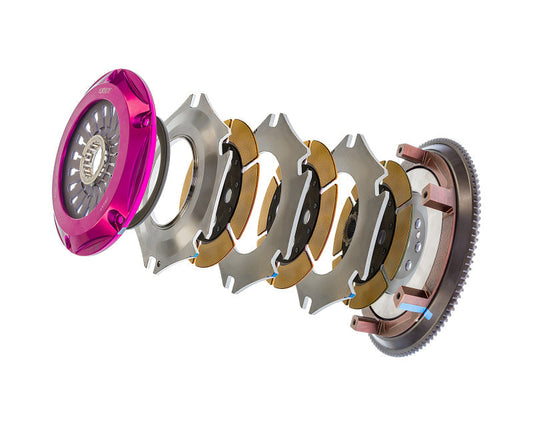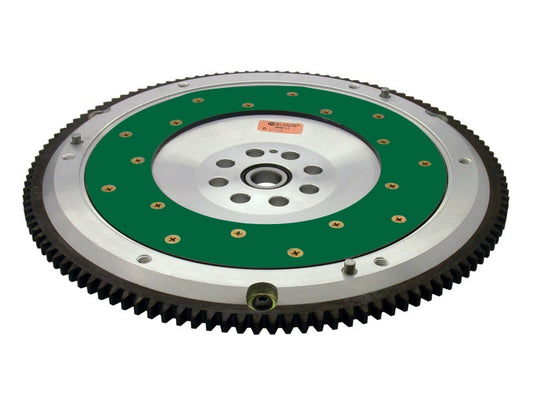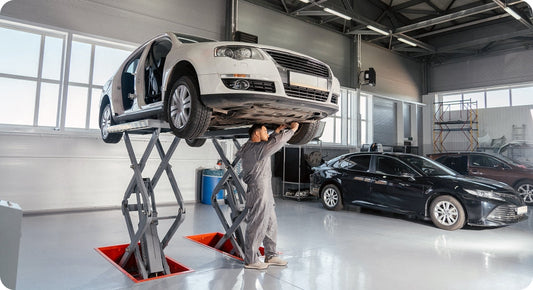Tire upgrades are one of the easiest ways to change the way your vehicle drives—but how wide should you go? Tire width plays a crucial role in grip, cornering, acceleration, and even ride comfort. But it’s not as simple as "wider is better."
At WOT Performance Parts, we help you fine-tune your tire setup for performance, safety, and style. Visit our website today to check our tire selection.
What Does Tire Width Mean?
Tire width is the section width in millimeters from sidewall to sidewall. For example, a 245/40R18 tire is 245mm wide.
The wider the tire, the larger the contact patch with the road. But there's a tradeoff in terms of weight, rolling resistance, and hydroplaning risk.
Pros Of Wider Tires
-
More Grip: Larger contact area = better traction during cornering and braking.
-
Better Stability: Especially helpful at higher speeds or during aggressive driving.
-
Enhanced Aesthetics: Wider tires fill out the fenders and provide a more aggressive stance.
Cons Of Wider Tires
-
Increased Rolling Resistance: May reduce fuel economy.
-
More Road Noise & Ride Harshness
-
Higher Cost (tires, wheels, and fuel)
-
Hydroplaning Risk in heavy rain without proper tread
How To Choose The Right Tire Width
 Consider:
Consider:
-
Wheel width compatibility
-
Driving goals (daily, spirited, track)
-
Fender and suspension clearance
-
OEM recommendations
Example upgrades:
- 215 → 235 = Subtle upgrade
- 225 → 255 = Performance-oriented
- 245 → 275 = Aggressive fitment
Balance Is Key
You want to maximize grip without negatively affecting ride quality or safety. Don't go beyond your wheel’s supported range or the car's ability to manage the change. Contact WOT Performance Parts for more information.






